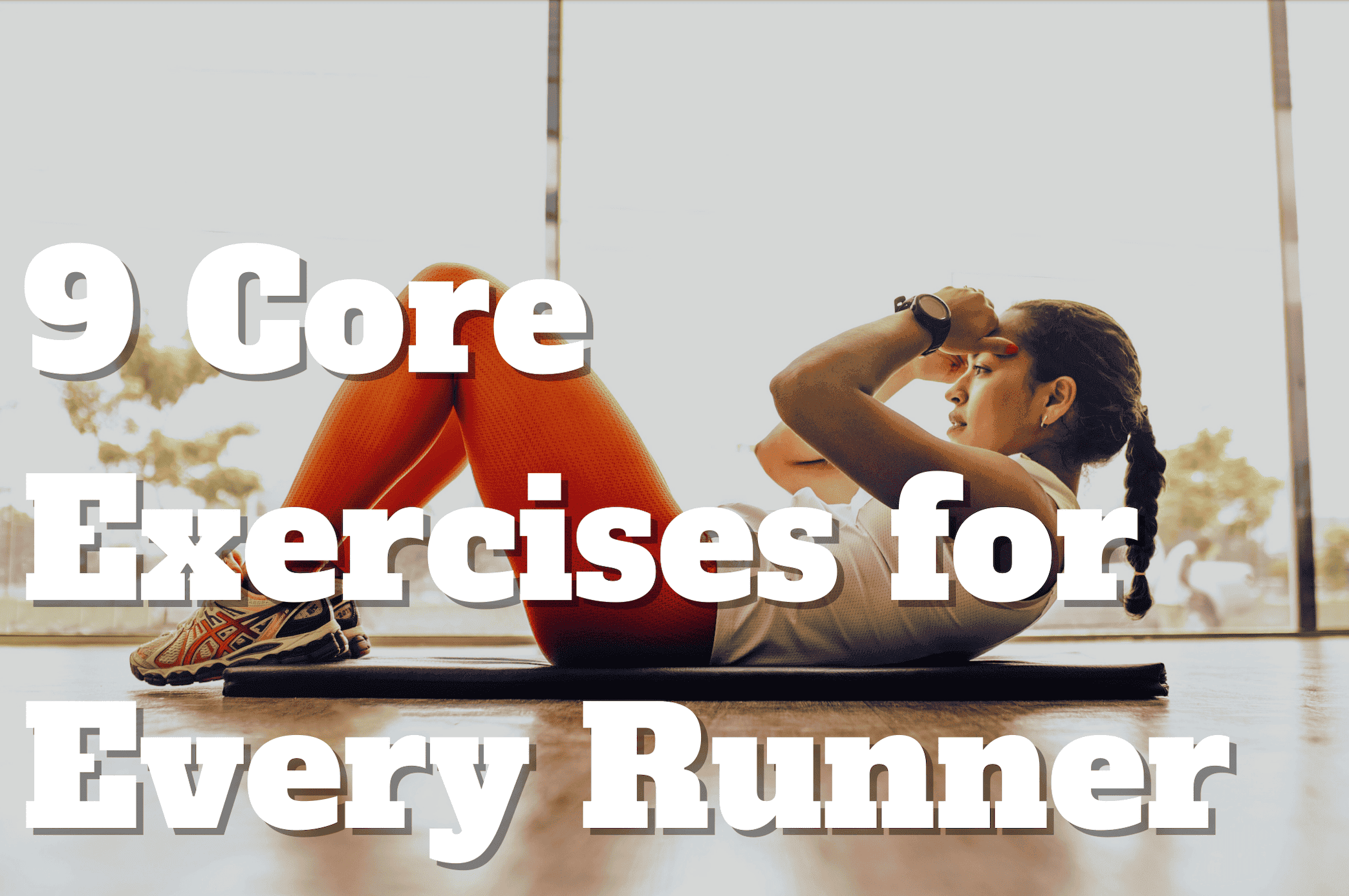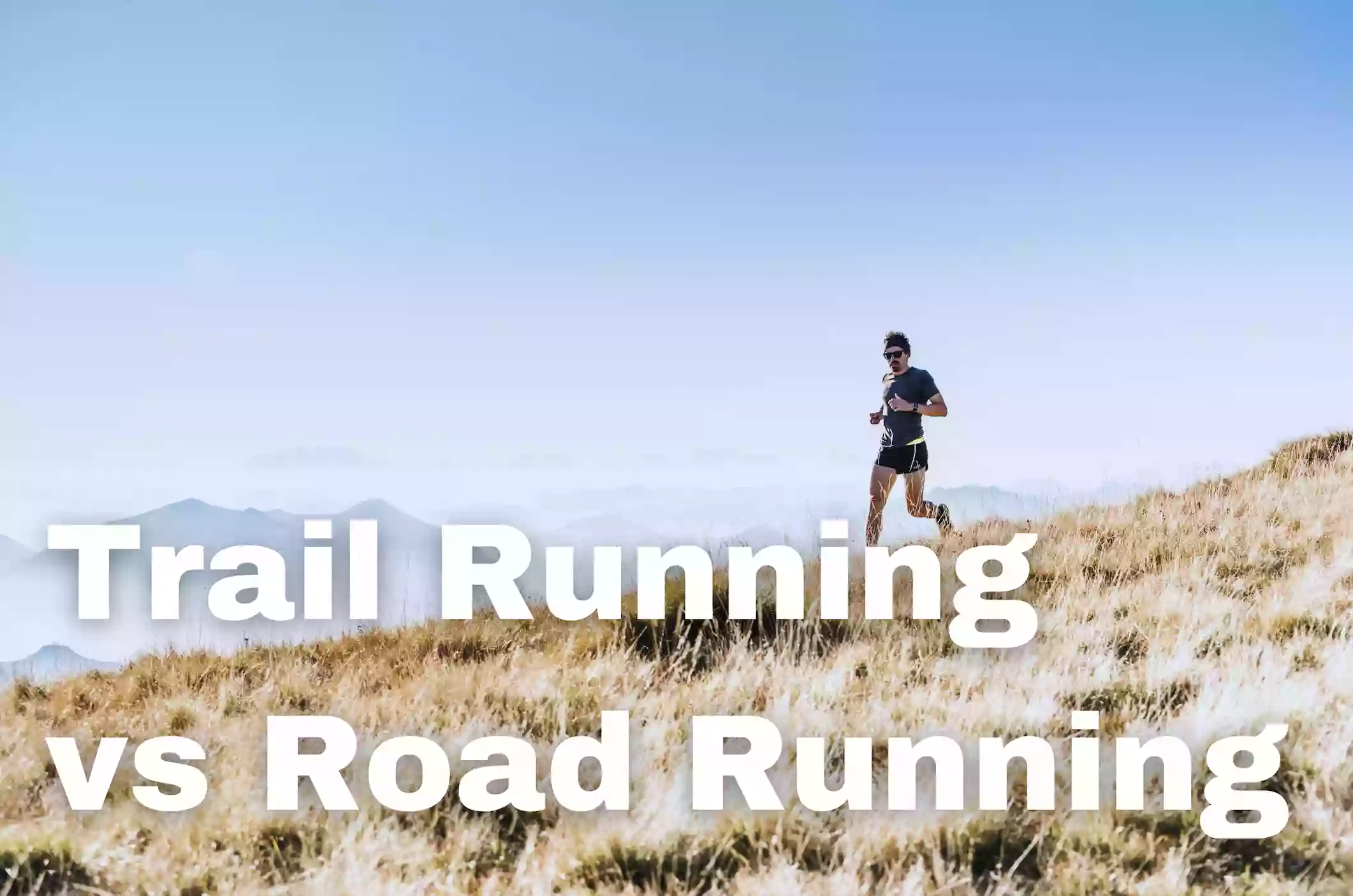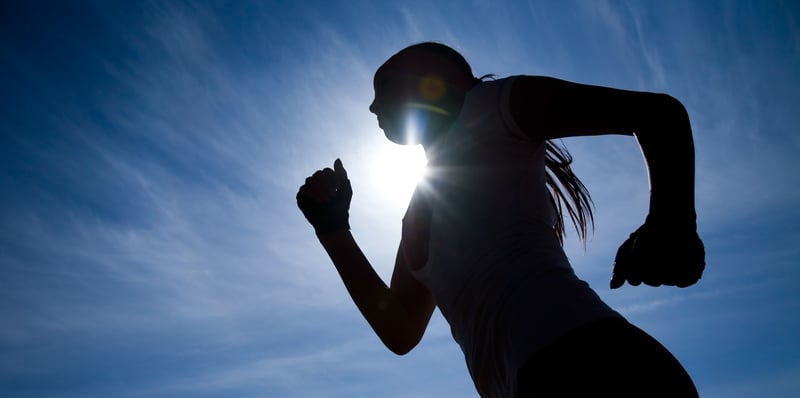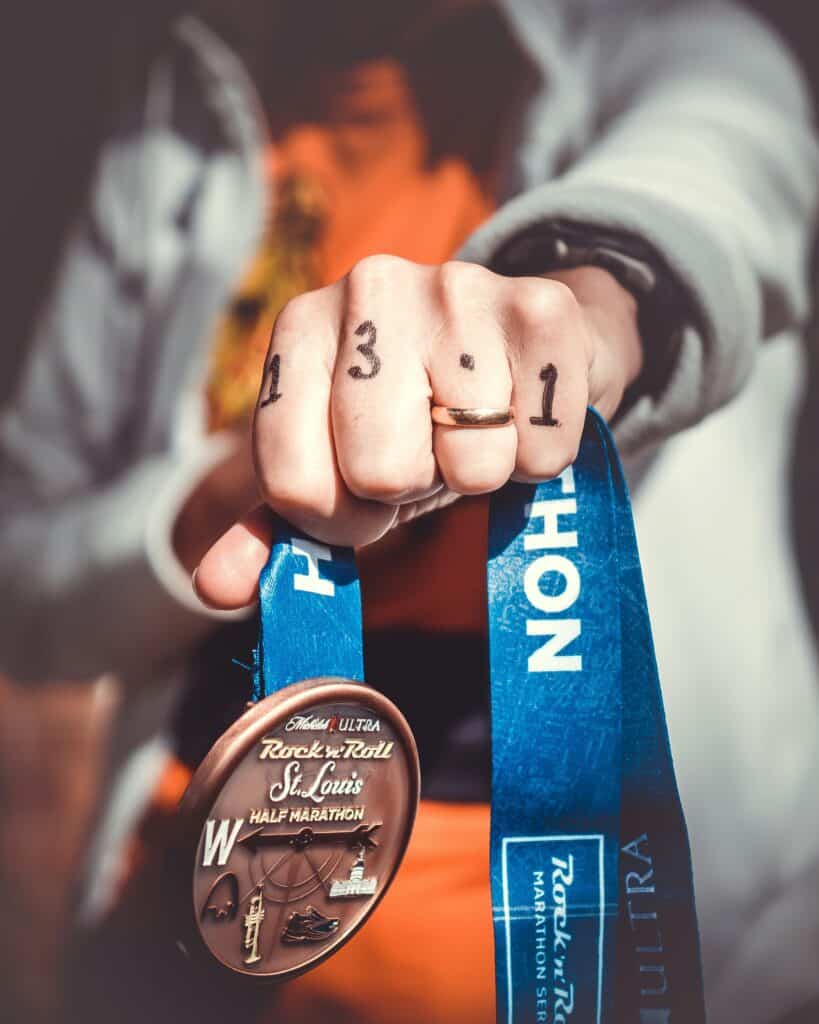Are you looking for a way to improve your running performance? Sure, you can spend a few hours in the gym every week doing lunges and squats, but have you considered working on your core? A strong core is essential for runners as it helps maintain posture, prevent injuries, and increase power and endurance. That’s why incorporating specific core exercises for runners into your routine is not just good practice – it should be an essential part of your strength training routine.
In this blog post, we will discuss 9 of the best core exercises for runners and provide you with a simple, but effective 15-minute core workout you can do at home, at the gym, or even on the go.
It’s easy to work into just about any training plan.
Let’s take a closer look!
In this article:
- Why core strength is important for runners?
- What muscles are included in your core?
- 9 of the best best core exercises for runners
- The 15-minute core workout for runners
- Frequently Asked Questions

Why Core Strength is Important for Runners
As a runner, you already know the importance of having great cardio endurance and leg strength. But what about core strength?
Too many runners think doing core workouts is all about building a six-pack. The reality is that having a strong core is vital for maintaining good posture and preventing injury. Here are some of the most important reasons to start adding in core work as part of your cross-training:
Improved Posture
If you want to be a better runner, you need to have a strong core to maintain a proper forward-leaning alignment with a straight spine.
Running is the process of falling forward. A forward lean encourages gravity to facilitate your forward movement.
When core muscles are weak, the weight of gravity and fatigue will cause slouching or hunching during your runs. This will place unnecessary strain on your neck, shoulders, and lower back and will negatively impact running form.
Improved Pelvic Floor Functioning
Core muscles include not only your abs but also your back, hips, and pelvis.
By strengthening core muscles, you improve the function of your pelvic floor. What does the pelvic floor do? Helps to control all bladder and bowel function.
For female runners, particularly those who have had children, this is especially important.
In some cases, running with poor form and a weak core can contribute to pelvic floor dysfunction.
Helps With Weight Loss
If you’re looking to shed some pounds, don’t underestimate the power of a strong core.
By incorporating exercises that target your abs and obliques, can help to tone your midsection and as running and diet improvements reduce body fat overall.
With a stronger core as your foundation, you’ll be able to perform other exercises, running and non-running, with greater ease and running efficiency.
Prevents Lower Back Pain
Lower back pain is a common complaint among runners. But, it’s often due to poor core strength rather than actual damage or injury. When your core muscles are weak, your lower back muscles must compensate. While lower back muscles are strong, an extended period of compensation for a weak core can create tension and pain.
Improves Running Mechanics
One of the most significant benefits of core strength for runners is the improvement it can provide in terms of running mechanics and speed.
With a strong core, your body will be able to support and maintain proper posture during all distance long runs, allowing for more efficient running and effective movements.
Plus, with improved stability and strength, you’ll be able to generate more power and speed, which can help you more predictably achieve running goals.
Prevention of Running Injuries
As mentioned before, weak core muscles create a demand for the rest of the body to support the improper posture. An imbalance of muscle responsibility within your core will place strain on your back, hips, and legs.
This is the type of strain causes IT band syndrome, shin splints, and lower back pain.
Strong core muscles enable better balance and stability, which helps distribute body weight evenly and reduces the risk of injury.
Improved Speed and Overall Running Performance
Having a strong core can also help you improve your running speed and overall performance. When you have a strong and stable core, your running mechanics will be more efficient, and you’ll be able to maintain your form for longer periods.
This will help you run faster without feeling fatigued, which can lead to a better running time.
What Muscles Are Included in Your Core?
When people think about our core, the first thing that comes to mind is probably the six-pack abs that we see on fitness models.
The truth is, there is so much more to this mysterious group of muscles than what meets the eye.
Your core is made up of several muscle groups that work together to stabilize, support, and move your body.
- Rectus Abdominis – This is the most well-known muscle in your core. You recognize it more against a thin layer of tummy fat when it’s known as the “six-pack”. This muscle runs vertically down the front of your abdomen and helps to flex your spine. When you do a crunch or sit-up, you’re primarily targeting your rectus abdominis.
- Transverse Abdominis – This muscle is located deep beneath your rectus abdominis, wrapping around your torso like a corset. It’s often referred to as the “inner corset” because of its role in stabilizing your spine and supporting your internal organs. When you contract your transverse abdominis, you create a natural girdle that helps to protect your lower back.
- External Obliques – These muscles are located on either side of your rectus abdominis and are responsible for twisting and bending your torso. They work in conjunction with your internal obliques to help you rotate your spine and stabilize your core during movements where you lie on your side, like side planks.
- Internal Obliques – These abdominal muscles are located beneath your external obliques, also on either side of your rectus abdominis. They help to rotate your torso and work in conjunction with the external obliques to create lateral movement.
- Lower Back Muscles – While not technically part of your core, your lower back muscles work in conjunction with your lower ab muscles to stabilize your spine and support your body during movement. These muscles include the erector spinae, multifidi, and quadratus lumborum.
- Hip Flexors – This muscle group is located at the front of your hips and is responsible for flexing your hip joint. When you sit for extended periods of time, your hip flexors can become tight and overactive, leading to imbalances in your lower back and hips.
- Pelvic Floor Muscles – These muscles form the bottom of your core and are responsible for supporting your bladder, uterus, and rectum. Pelvic floor dysfunction is becoming increasingly common, especially in women, and can lead to issues like incontinence and pelvic pain.
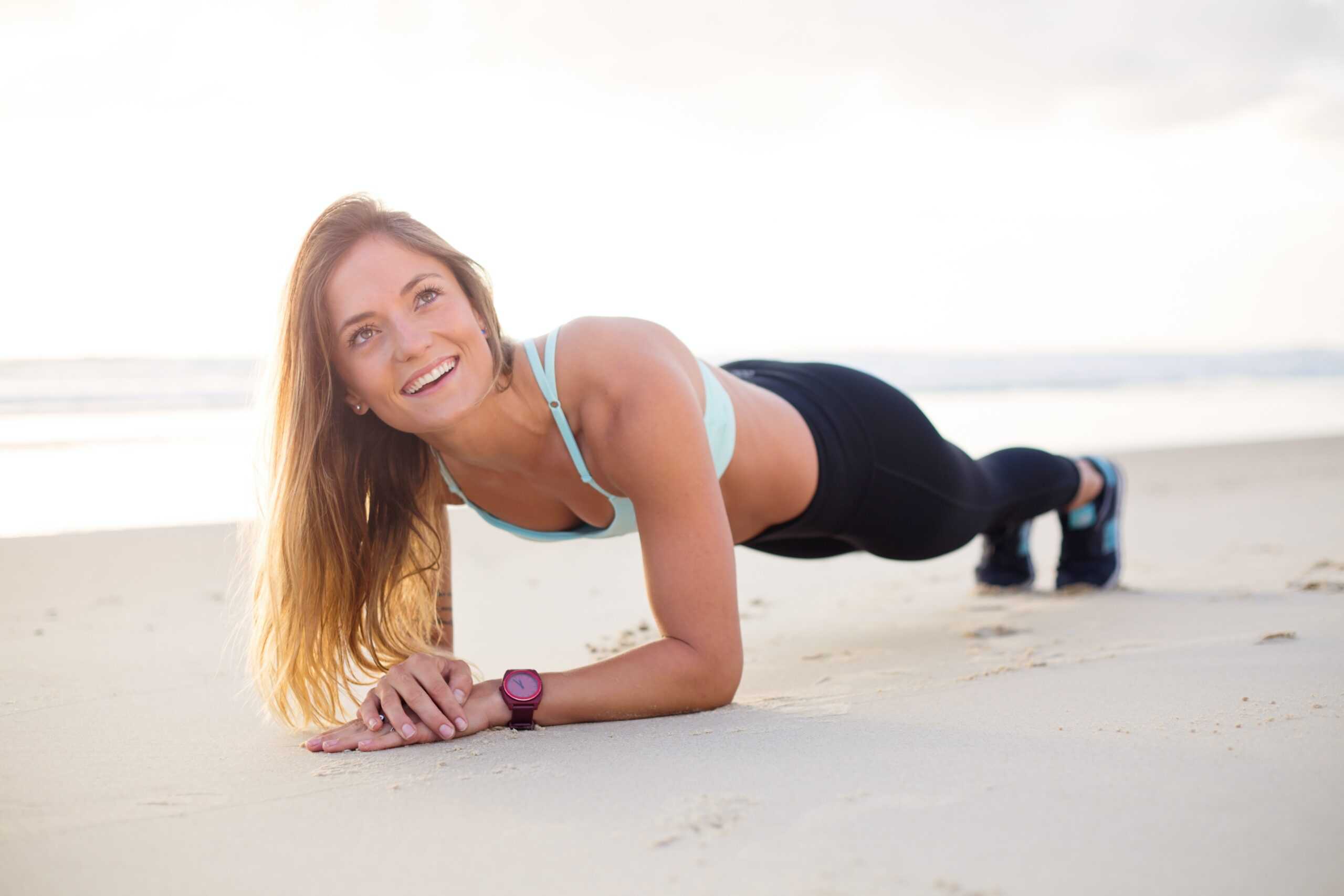
The 9 Best Core Exercises for Runners
As a runner, it’s easy to think all you have to do is focus on strengthening your leg muscles, like your quads and hamstrings, but building a strong core is part of every professional runner’s workout routine.
This is one of our favorite videos from running coach James Dunne on Eliud Kipchoge’s core workout at his training camp in Kaptagat, Kenya.
Here’s a guide to some of the best core exercises you can do as a runner.
Leg Raises
Leg raises are a powerful way to target your hip flexors and lower abs, both of which are critical areas for runners.
Beginner Leg Raises
Lying leg raises: Leg raises are a powerful way to target your hip flexors and lower abs. Both of which are critical areas for runners.
To do this exercise, start by lying on your back with your arms at your sides and your legs extended. Then, slowly raise your left leg while keeping your knee locked, your toes pointed, and your lower back pressed against the floor. Slowly lower it down and repeat the same on the other leg.
Intermediate Leg Raises
Hanging leg raises: Another variation is to use a pull-up bar and do hanging leg raises. This exercise not only strengthens your core but also your shoulders and grip strength.
Plank Variations
Planks are possibly the best exercise for core strength. This exercise targets your deep abdominal muscles and helps you maintain stability.
Beginner Plank
Standard plank: To do a standard plank, lie face down with your elbows on the floor, feet together, and toes curled under. Push up until your body is in a straight line and hold that position for as long as possible. Repeat three times.
Intermediate Plank
Standard plank + leg lifts: Adding leg lifts to your planks puts extra pressure on your abs, leading to a more effective workout. Get into a plank position with your elbows bent at a 90-degree angle and your body straight from head to heels. Slowly lift your right leg off the ground and hold it for a count of five. Lower your leg and repeat with your left leg. Alternate legs for 8-10 repetitions for three sets.
Advanced Plank
Side plank: The side plank, also known as the oblique plank, targets your oblique muscles, which are essential for side-to-side movements like running.
Lie on your side with your elbow beneath your shoulder and your legs straight. Raise your hips to form a straight line from head to heels. Hold for 30 seconds. If you began on your left arm, then switch sides to your right arm. Repeat each arm for three sets.
Mountain Climbers
Mountain climbers are the perfect warm-up exercise for runners. This full-body workout targets your abs, arms, legs, and hips in one go.
- Proper technique: Start in a plank position with your arms extended straight, toes curled under, and your body in a straight line. Then, alternatively lift one leg and draw your knee as close to your chest as possible before returning it to the starting position. Keep switching legs and pick up the pace for an added challenge.
- Suggested reps: 2-3
Russian Twists
This exercise targets the muscles of the abdomen, obliques, and erector spinae. The Russian twist strengthens the muscles necessary for twisting and lateral movements, which is essential for runners.
- Proper technique: To perform the exercise, sit on the floor with your legs bent and your feet firmly on the ground. Hold a dumbbell or kettlebell and lean back until you feel the tension on your core. Twist your torso to the right and then to the left, touching the weight to the floor.
- Suggested reps: Repeat the movement for 3 sets of 15-20 reps for optimal results.
Superman
The superman exercise targets your lower back muscles and supports your spine’s alignment during running.
- Proper technique: Start by lying face down on the ground, with your arms and legs extended straight. Lift your arms and legs off the ground simultaneously while keeping your neck straight, and your gaze down. Hold this position for a few seconds and then lower your arms and legs.
- Suggested reps: Repeat the movement for 3 sets of 15-20 reps for maximum benefit.
Bicycle Crunches
Bicycle crunches are an essential workout for developing your oblique muscles which are essential for the lateral movement required during running.
- Proper technique: To perform the exercise, lie flat on the ground with your hands behind your head. Lift your legs off the ground, bending your knees at a 90-degree angle. Bring your right knee towards your left elbow as you lift your torso and twist your core. Repeat the movement with your left knee to your right elbow. Keep alternating the movement while keeping your core engaged.
- Suggested reps: Repeat the exercise for 3 sets of 20 reps for optimal results.
Medicine Ball Rotational Throws
The medicine ball rotational throw is a full-body workout that primarily targets the oblique muscles, which are essential for lateral movements while running. This exercise also works out the glutes and thighs.
- Choosing the right medicine ball weight: Choose a weighted medicine ball that is comfortable for you. We suggest starting with a light-weighted ball and gradually increasing the weight as your strength increases.
- Proper technique: To perform this exercise, stand with your feet shoulder-width apart, holding the medicine ball right in front of your chest. Twist your torso to one side, then immediately throw the ball to an imaginary target over your opposite shoulder. Catch the ball and repeat the motion to the other side, alternating sides.
- Suggested reps: Repeat the exercise for 3 sets of 12 reps for optimal results.
Stability Ball Ab Rollout
The stability ball ab rollout primarily works the rectus abdominis, which runs from the chest to the pelvis, and is the muscle responsible for moving the trunk towards the pelvis.
This move targets and engages both the upper and lower abs helping to increase stability and balance, which is crucial for runners.
- Proper technique: Position yourself on your knees and place your hands on the stability ball. Keep your back straight and roll the ball in front of you, extending your arms out until your torso is almost parallel to the ground. Once you feel the stretch, slowly roll back to your knees and repeat the motion.
- Suggested reps: Start with 10 reps and gradually increase as your strength and endurance grow.
Deadbug
The Deadbug exercise targets your transverse abdominis. It’s a tough workout, but it’s essential for building proper form and core stability.
- Proper technique: Lie on your back with your knees bent at a 90-degree angle and your arms extended straight up. Slowly lower one arm and its opposite leg to the ground without arching your back or allowing the opposite arm and leg to move. Return to the starting position and repeat with the opposite arm and leg.
- Suggested reps: Start with 10 reps per side, then gradually increase your reps and consider adding a kettlebell or dumbbell to your arm that’s in the air as you get stronger.
15-Minute Core Workout for Runners
You now know how essential a strong core is for runners. But finding the time to hit the gym and work on your core can be challenging.
That’s why we’ve put together a quick and easy 15-minute routine that you can do at home without any equipment. Get ready to feel the burn!
| Deadbugs | 3 sets of 10 reps | Estimated time: 3 minutes |
| Planks | 3 sets of 8-10 reps | Estimated time: 3 minutes |
| Bicycle Crunches | 3 sets of 30 reps | Estimated time: 3 minutes |
| Bird Dogs | 3 sets of 15-20 reps | Estimated time: 3 minutes |
| Russian Twists | 3 sets of 15-20 reps | Estimated time: 3 minutes |
FAQs
Should runners do core exercises every day?
Any certified running coach will mention that a runner’s core muscles are essential in providing stability and keeping their form consistent. While you don’t have to work your core every day, it should be part of your strength training routine just like your upper body and lower body.
Which core exercises will make you faster?
The best core exercises for runners are those that target the muscles used in running, such as the abdominals, obliques, and lower back. Plank variations, Russian twists, and leg raises are all excellent options.
What are the best core workouts for recovery?
After a tough run, you need to give your body time to recover, and core exercises can help. Gentle stretching, yoga, and Pilates movements such as cat-cow and spinal twists can help alleviate muscle soreness and restore flexibility.
Now that you know the benefits of core exercises for runners, it’s time to put them into practice.
Try incorporating some of the best core exercises for runners into your workout routine and watch as your performance improves.

